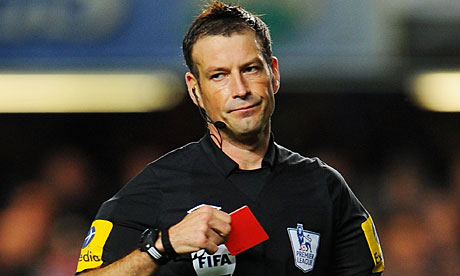Every time you answer your phone, turn on a microwave to heat your food, or check your emails, you are using semi-conductors.
The industry that designs and build these essential components of our everyday lives is, perhaps more so than any other business, a truly global one. An integrated circuit or semi-conductor device might be designed in one country, fabricated in another, assembled and tested in a third before being shipped to customers everywhere.
In recent years Vietnam has increasingly become one of the players in this global network, with local and multi-national companies setting up operations in the country. RMIT Vietnam’s Master of Engineering (Electrical and Computer Engineering) program is helping to produce the highly-trained workforce that the industry is always searching for.
The combination of solid technical skill combined with excellent ‘soft’ skills including English language, critical thinking, ability to work in teams, and many more is what makes graduates from the program so special and sought after, says Professor Serge Demidenko, Head of RMIT Vietnam’s Centre of Technology.
“These ‘soft’ skills help our graduates integrate very well into international hi-tech companies who are operating across the globe.
“We have also made significant investments in facilities for the program so we have world-class laboratories and equipment for students to develop their skills,” Professor Demidenko says.
The Master of Engineering program consists of a carefully selected mixture of lectures, laboratories, tutorials, projects and workshops, with efficient on-site and on-line support offered to students individually as well as to research and design project teams. There is also an industry placement so students can gain further experience in a real-world setting.
One of the features of the RMIT Vietnam program is the links that have been forged with industry partners. A recent example was the agreement signed with the South East Asian arm of National Instruments, the US-based global technology leader in instrumentation and measurement, to provide joint training and educational activities as well as to further develop the University’s engineering facilities.
In the final part of their course, students also spend one exchange semester at RMIT in Melbourne, honing their technical and language abilities. This ensures graduates of the Master of Engineering are well-rounded, global professionals.
“What these students emerge from this program with is really a passport to the world,” Professor Demidenko says.
RMIT Vietnam, in conjunction the Australian Agency for International Development (AusAID), is offering a number of scholarships for the Master of Engineering (Electronic and Computer Engineering) program commencing in February 2013. The deadline for submitting applications is 30 November 2012, and the result will be announced in mid-December.
The industry that designs and build these essential components of our everyday lives is, perhaps more so than any other business, a truly global one. An integrated circuit or semi-conductor device might be designed in one country, fabricated in another, assembled and tested in a third before being shipped to customers everywhere.
In recent years Vietnam has increasingly become one of the players in this global network, with local and multi-national companies setting up operations in the country. RMIT Vietnam’s Master of Engineering (Electrical and Computer Engineering) program is helping to produce the highly-trained workforce that the industry is always searching for.
The combination of solid technical skill combined with excellent ‘soft’ skills including English language, critical thinking, ability to work in teams, and many more is what makes graduates from the program so special and sought after, says Professor Serge Demidenko, Head of RMIT Vietnam’s Centre of Technology.
“These ‘soft’ skills help our graduates integrate very well into international hi-tech companies who are operating across the globe.
“We have also made significant investments in facilities for the program so we have world-class laboratories and equipment for students to develop their skills,” Professor Demidenko says.
The Master of Engineering program consists of a carefully selected mixture of lectures, laboratories, tutorials, projects and workshops, with efficient on-site and on-line support offered to students individually as well as to research and design project teams. There is also an industry placement so students can gain further experience in a real-world setting.
One of the features of the RMIT Vietnam program is the links that have been forged with industry partners. A recent example was the agreement signed with the South East Asian arm of National Instruments, the US-based global technology leader in instrumentation and measurement, to provide joint training and educational activities as well as to further develop the University’s engineering facilities.
In the final part of their course, students also spend one exchange semester at RMIT in Melbourne, honing their technical and language abilities. This ensures graduates of the Master of Engineering are well-rounded, global professionals.
“What these students emerge from this program with is really a passport to the world,” Professor Demidenko says.
RMIT Vietnam, in conjunction the Australian Agency for International Development (AusAID), is offering a number of scholarships for the Master of Engineering (Electronic and Computer Engineering) program commencing in February 2013. The deadline for submitting applications is 30 November 2012, and the result will be announced in mid-December.
